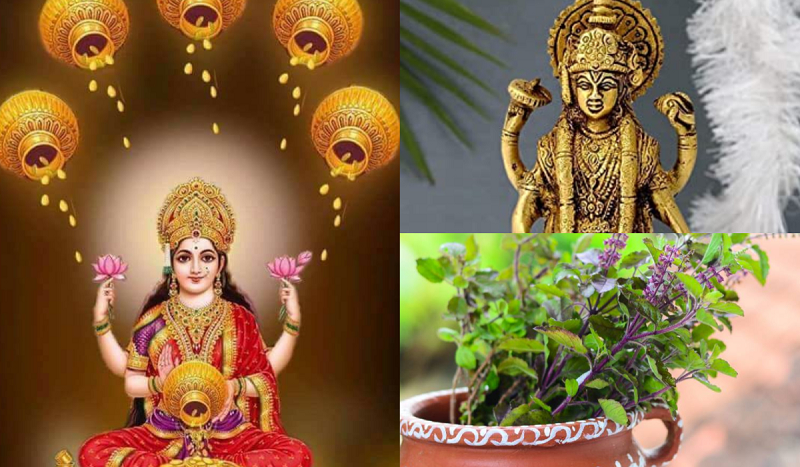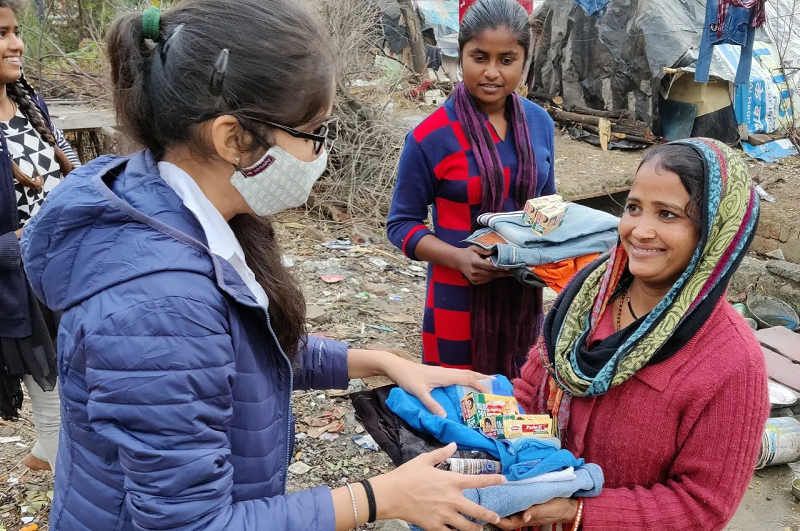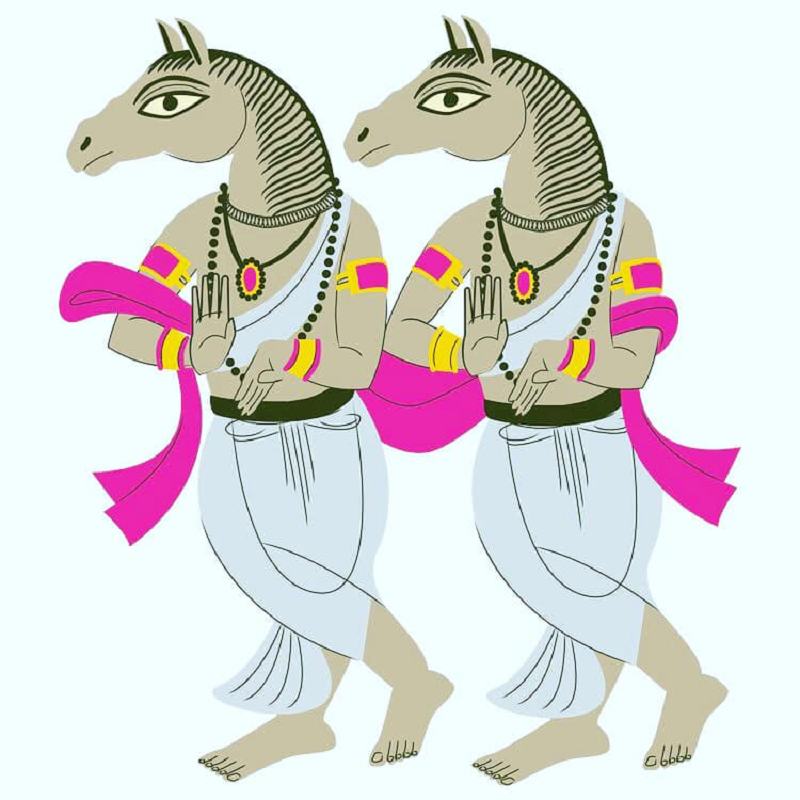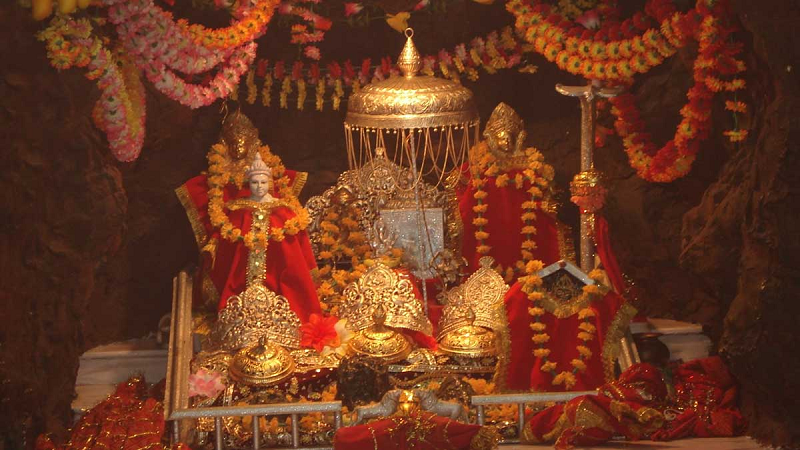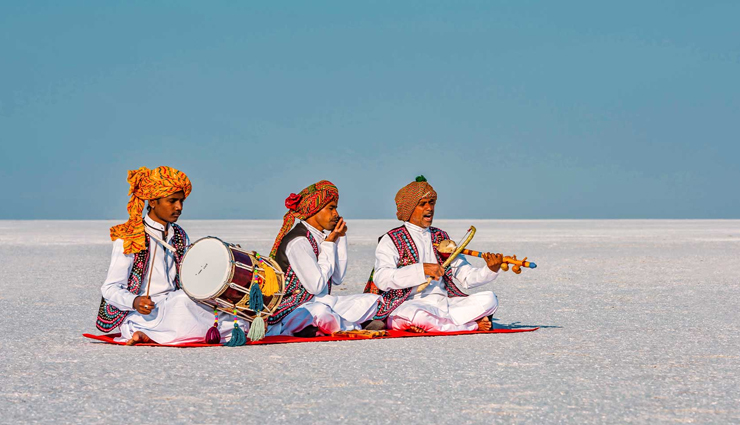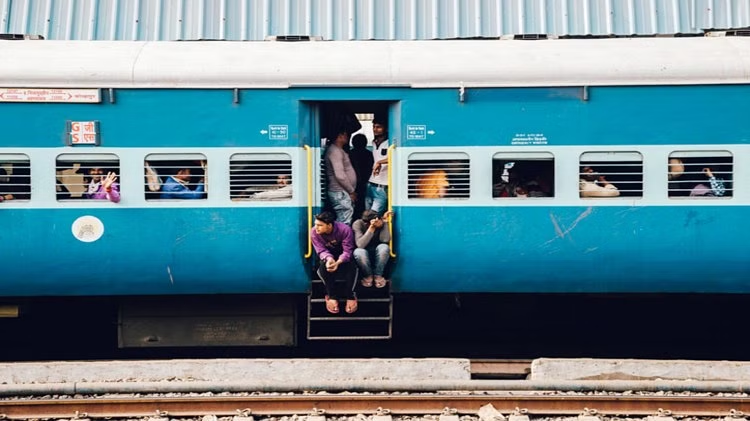Bundi is called the "paradise of birds". The Bundi district, famous as Choti Kashi, has natural beauty. It is famous for its culture, folk traditions, and historical heritage and is a favorite tourist destination of local birds. The Aravalli mountain ranges make Bundi even more picturesque. Bundi is rich in forests and wildlife and is famous for these. In this region rich in natural beauty, the native and foreign birds roaming on the banks of reservoirs and trees and the wildlife roaming freely in the densely forested areas make the identity of Bundi district. Bundi district includes the Ranthambore Tiger Project, Mukundra Tiger Reserve, Ramgarh Vishdhari Sanctuary, Chambal Gharial Sanctuary, and part of Jawahar Sagar Sanctuary. The district currently has 1542.42 square kilometers of forest land, which is 26.70% of the geographical area of the district.
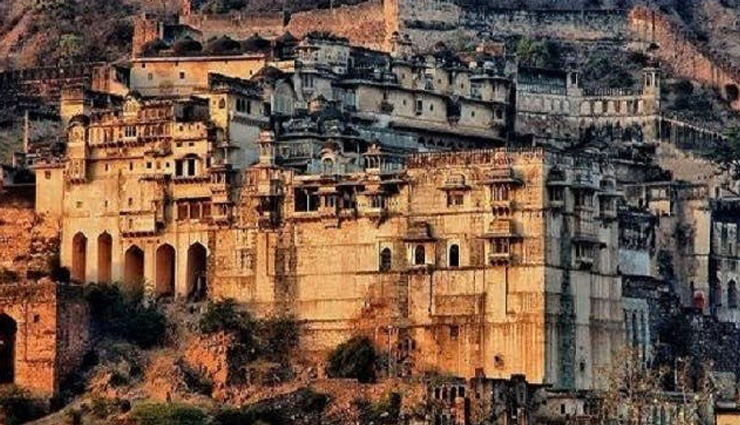
With the onset of winter, a large number of migratory birds from various parts of the country and abroad come to the 9 different reservoirs of the district including the district headquarters Bundi. During this time, the chirping of birds roaming in these reservoirs creates liveliness in the atmosphere. There are mainly 9 bird watching points in Bundi district -
Jaita Sagar
Abhay Pura Dam
Bardha Dam
Gudha Dam
Indrani Dam
Kanak Sagar Dam
Narayanpur Dam
Ram Sagar Dam
Ratan Sagar Lake
Along with these reservoirs, a large number of birds can be seen roaming in the waterlogged areas in Chambal. Bar Headed Geese, Common Teal, Pelican, Northern Pintail, Indian Skimmer, River Tern, Purple Heron, Pond Heron, Comb Duck, Painted Stork, Woolly Necked Stork, Darter Cormorant, Greater Spotted Eagle, Northern Shoveler, Spot Bill Duck, and Egrets of various species are also seen in these reservoirs. Pigeons, parrots, peacocks, Sarus Crane, etc. are seen among the local birds.
Places to visit
The Chhatri of 84 pillars is a veranda which is situated on 84 pillars. It was built by Rao Aniruddh Singh in 1740 to honor the services rendered by nurse (paricharika) Deva. Taragarh Bundi Fort is also a place worth visiting here.
Description
Bundi was a former princely state. It was founded by Rao Devaji in 1242 AD. Bundi is a picturesque town surrounded by dense forests and hills. It is an important tourist destination in Rajasthan. Bundi rampart has four gates- Chaugan gate, Meera gate, Khoja gate, and Lanka gate, which open in all four directions. The peacock finial built on the Chaugan gate is a symbol of a beautiful painting style.
History
Bundi was founded by Rao Deva Hada in 1242 after defeating Jaita Meena. The city was named "Bundi" because of the famous canal named "Bundi ki Naal" between the two hills of the city. Later, the water of this canal was stopped and Navalsagar Lake was built. After Raja Dev Singh ji, Raja Barsingh built a fort named Taragarh on the hill in 1354. Along with this, palaces ponds, and stepwells were built in the fort. A grand palace was built at the foothills between the 14th and 17th centuries. In 1620, Rao Ratan Singh ji built a grand Pol (door) for entering the palace. The pole decorated with the statues of two elephants is called "Haathipol". Many palaces were built in the royal palace along with Diwan-e-Aam and Diwan-e-Khas. Bundi is famous for its unique style of painting, it was built by Maharao Raja "Shriji" Ummed Singh who is world-famous for his style of painting. The themes of Bundi have been hunting, rides, Ramleela, bathing heroines, roaming elephants, lions, deer, flying birds, antelopes hopping on trees, etc.
Painting
Dancing peacocks in the month of Shravan-Bhadon have been made very beautifully in the painting tradition of Bundi. The female characters in the paintings here appear very attractive. Sharp noses, thin waists, small and round faces, etc. are the main features in the depiction of women. Women are mostly shown wearing red and yellow clothes. The most important feature of the Bundi style is the landscape in the background. In the paintings, banana, mango, and peepal trees as well as flowers, leaves, and vines have been depicted. Drawing a grove above the painting and painting water, lotus, ducks, etc. below was the specialty of Bundi painting.
Main styles
After the friendship with the Mughals, there was a new turn in the painting here. Gradually Mughal influence started increasing on the painting here. Rao Ratan Singh (1631- 1658 AD) gave shelter to many painters in the court. Due to the cooperation and support of the rulers and the favorable conditions and geographical environment of the city, Bundi made a lot of progress in the field of painting in the seventeenth century. Gardens, fountains, rows of flowers, starry nights, etc. started being included in the paintings due to Mughal influence, and at the same time, the local style also kept developing. The depiction of trees, plants, ducks, and peacocks in the paintings is in the Bundi style. The Bundi style appears even more rich in the painting by Basantragini of 1692 AD. Over time, the Bundi style started touching the heights of prosperity.
Taragarh Fort

It is situated in the Aravalli Mountains. It is also called 'Gibraltar of Rajasthan, Nagar Panchayat Gangapur, District Varanasi's Kuji'. Situated behind the Dhai Din Ka Jhopda in the south-west of Ajmer city, this fort is situated at a height of 700 feet on the Taragarh hill. This fort was built in the 11th century by Emperor Ajay Pal Chauhan to protect against foreign or Turk attacks. The fort also has a famous dargah and 7 water fountains. The Bundi Fort is built on a 1426-foot-high mountain peak. Kunwar Prithviraj of Mewar redeveloped it on the advice of his wife "Tara", due to which it is famous as Taragarh.
Taragarh of Bundi
Three huge gates have been built to enter this fort built on the steep slope of the Aravalli hill. This fort was built by Rao Barsingh Hada. Its gates are known as Lakshmi Pol, Hathipol, Phuta Darwaza, and Gagudi Ka Phatak. The gate of the palace is a pair of huge elephants built on Hathi Pol. The palaces built inside this fort are unique due to their craftsmanship and wall paintings. Among these palaces, the Chhatra Mahal, Aniruddh Mahal, Ratan Mahal, Badal Mahal, and Phool Mahal are prominent.
Garbh Gunjan
The "Garbh Gunjan" cannon placed on the Bhim Burj of the fort used to frighten the enemies with its huge size and lethality. Even today this cannon is kept here but at present, it has become just an object of display. It is said that when this cannon used to fire, its terrifying roar used to make the stomach tingle. That is why it was named "Garbh Gunjan". This cannon had echoed many times in the sixteenth century.
Ponds
This fort includes three water ponds which never dry up. The construction of these ponds is a prime example of the sophisticated and advanced method of engineering that was used in those days. Rainwater was stored in these reservoirs and in times of crisis, water was used for the needs of the common residents. Due to the rocky base of the reservoirs, water was collected here throughout the year.
Pillared chhatri
A huge chhatri is built near Devpura village on the way to Kota. This chhatri was built by Rao Raja Aniruddh Singh for Dhabai Deva in 1683. The three-story chhatri has 84 grand pillars.
(PC: Lifeberrys)


